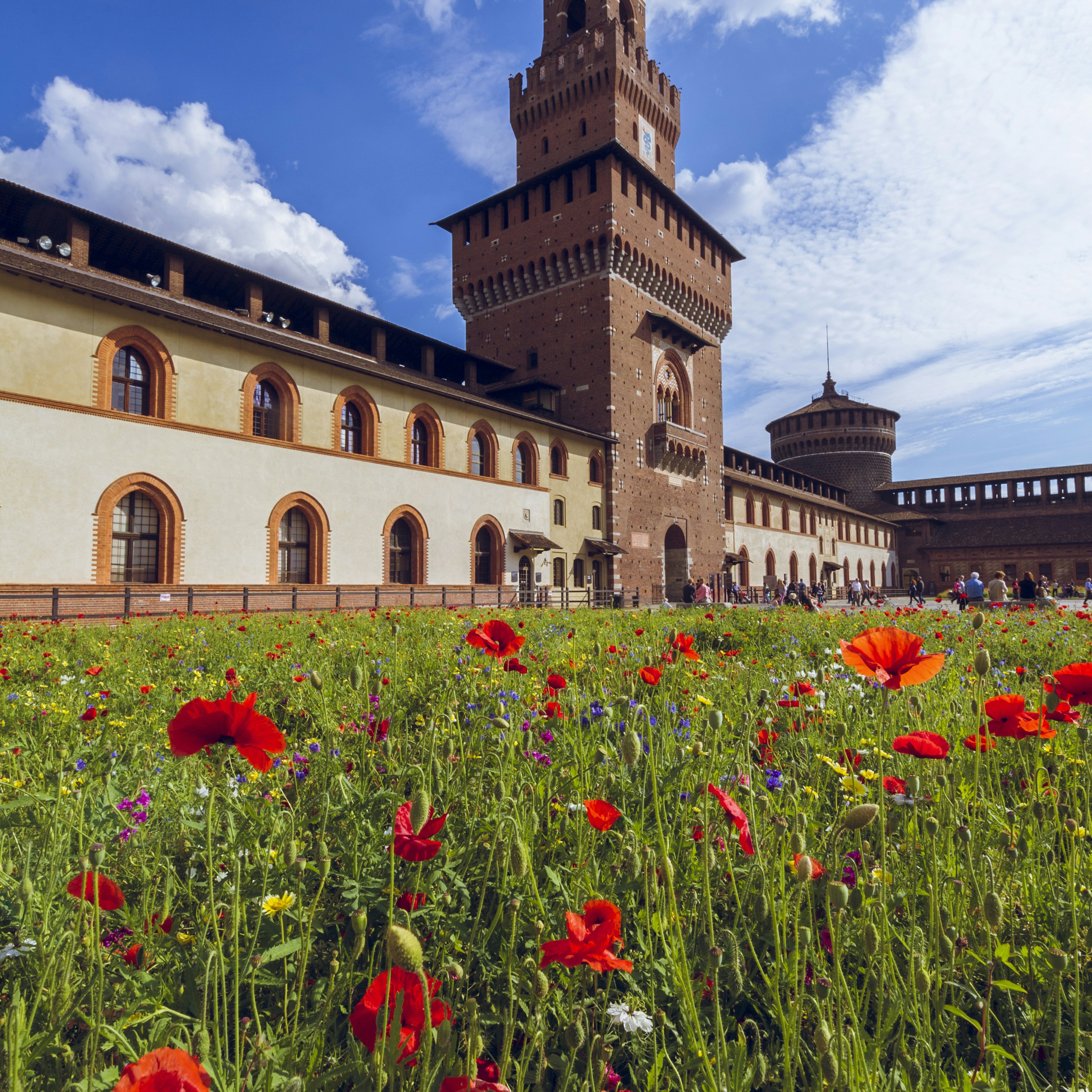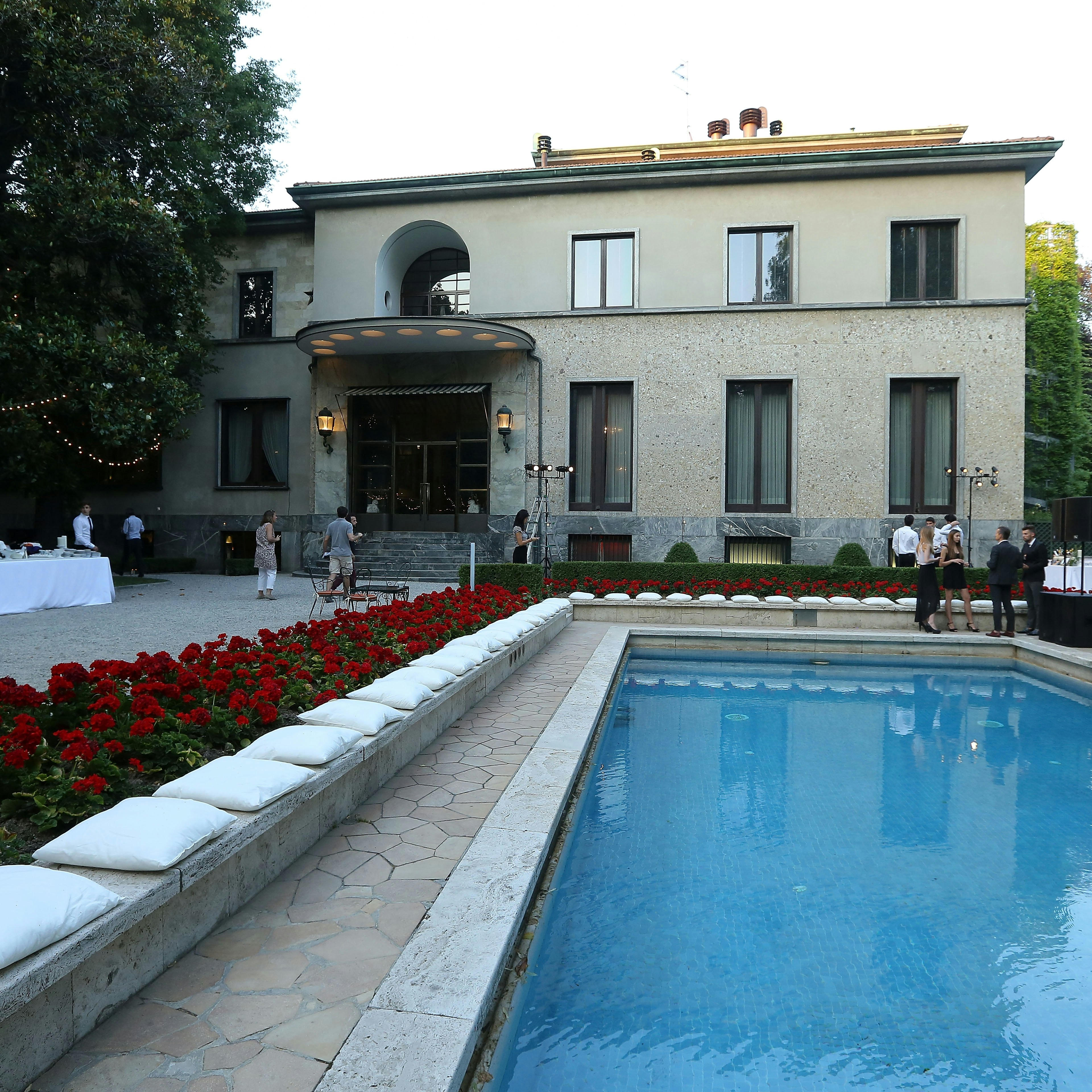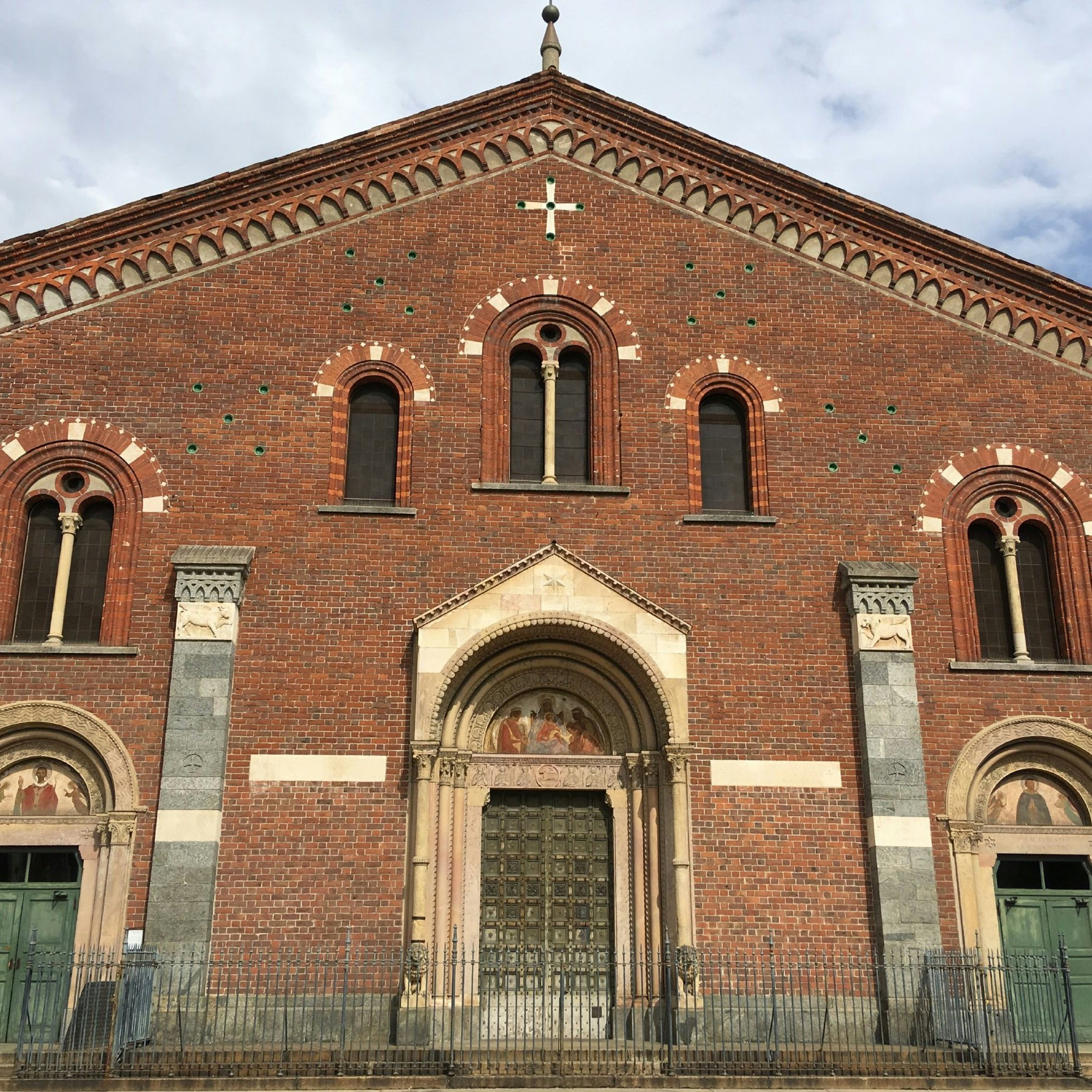

Getty Images
Overview
Milan is Italy's city of the future, a fast-paced metropolis where money talks, creativity is big business and looking good is an art form.
Leave the planning to a local expert
Experience the real Milan. Let a local expert handle the planning for you.
Must-see attractions
Planning Tools
Expert guidance to help you plan your trip
Best Things to Do
Experience the best of Milan – from museums and art to dining and cocktails – with our pick of the top things to do.
Read full article
Best Time to Visit
Whether you’re after beautiful weather, Fashion Week events or just looking to avoid the crowds, here’s our guide to the best time to visit Milan.
Read full article
Transportation
Getting around Milan needn't be a headache, even during rush hour. Here's our guide to navigating the fashion capital by bus, bike and train.
Read full article
Free Things to Do
Milan may be Italy's most expensive city but its many free attractions are easy on your wallet.
Read full article
Best Neighborhoods
One of Italy’s most cosmopolitan cities, Milan is a collection of vastly different neighborhoods, each with its own spirit and character.
Read full article
Day Trips
Milan is the portal to a whole region of culture, fine food and even finer scenery. From lakes to monasteries, here are the best day trips from Milan.
Read full article
5 Shops
Beyond high fashion, Milan brims with funky independent shops. Here are five of the best ones.
Read full article
Get a book. Get inspired. Get exploring.
in partnership with getyourguide
















